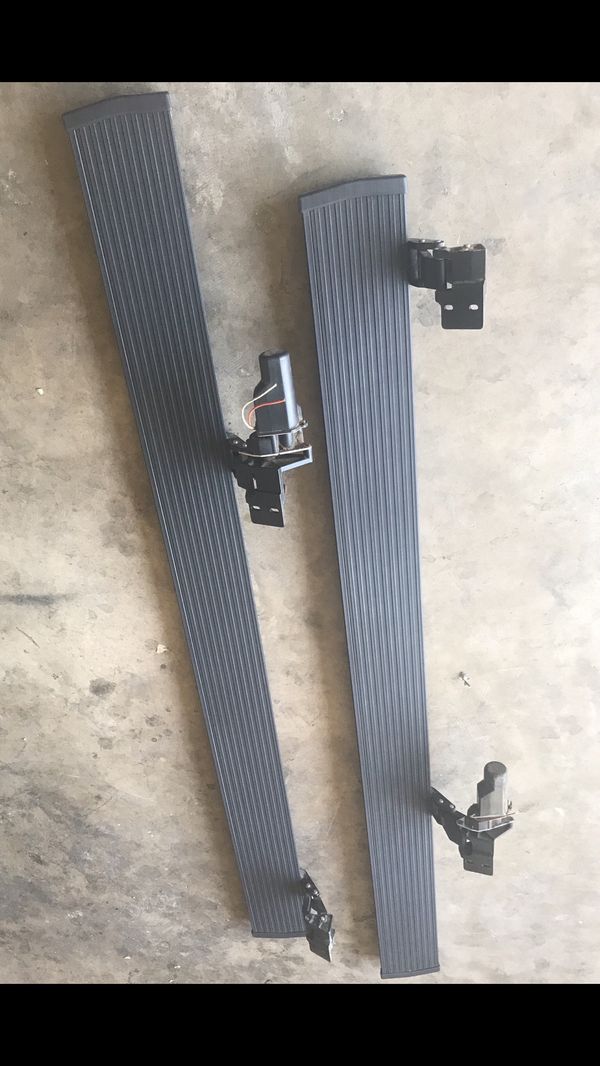
Active post-processing helps find out whether customers are satisfied with their purchase decision. Closing the deal and follow-upsĪfter the concerns are cleared out, create a proposal, negotiate the details, and move on to signing the deal. Still, it’s better to be more persistent, as 80% of sales require follow-ups. Many salespeople drop out after one rejection ( around 44%).

Handling objectionsīefore making a purchase, your customers might have plenty of questions to clarify. During the presentation, previous experience within the sales life cycle can be used to increase the chances of conversion. In this crucial phase, customers should be convinced that the product offered is a solution to their problems or satisfies their needs. After that, you can establish if prospects and your business have a mutual fit and move on to the next sales cycle step. Qualifying leadsĭuring your initial email conversation or phone call, ask qualifying questions to discover, clarify, and understand your clients’ pain points and needs. Your prospects should see the value that you can provide. There are a few ways you can make the first contact with your clients: via email, phone call, or face-to-face meeting. If you plan to contact your prospects via email, you can use Snov.io tools to verify the accuracy of your email list. This step also involves researching the market and creating a list of potential leads. In this sales cycle stage, define your target groups and evaluate whether potential customers can afford your offer and how they can be reached. But typically, there are 5-7 sales life cycle stages. How the particular sales cycle and its phases look like is defined by specific products and services. Depending on these phases, the associated activities and organizational processes are determined.
#AMP STEPS FOR SALE FULL#
The full sales cycle can be seen as an organizational chart, where the entire sales process is divided into specific, purchase-relevant phases. And since the sales process is a journey for a prospect, it’s a roadmap for a salesperson. Simply put, it’s a potential client’s journey from recognizing they need a product to making a purchase.

The term “sales cycle” describes all the sales process steps, starting from the first customer contact to closing the deal and follow-ups.
#AMP STEPS FOR SALE HOW TO#
How to achieve it? Let’s start with the sales cycle definition first. It means that you might need clearly defined sales cycle stages and goals for your salespeople team to succeed. Businesses that have a formal sales cycle process can have 18% more revenue growth than companies without one.


 0 kommentar(er)
0 kommentar(er)
